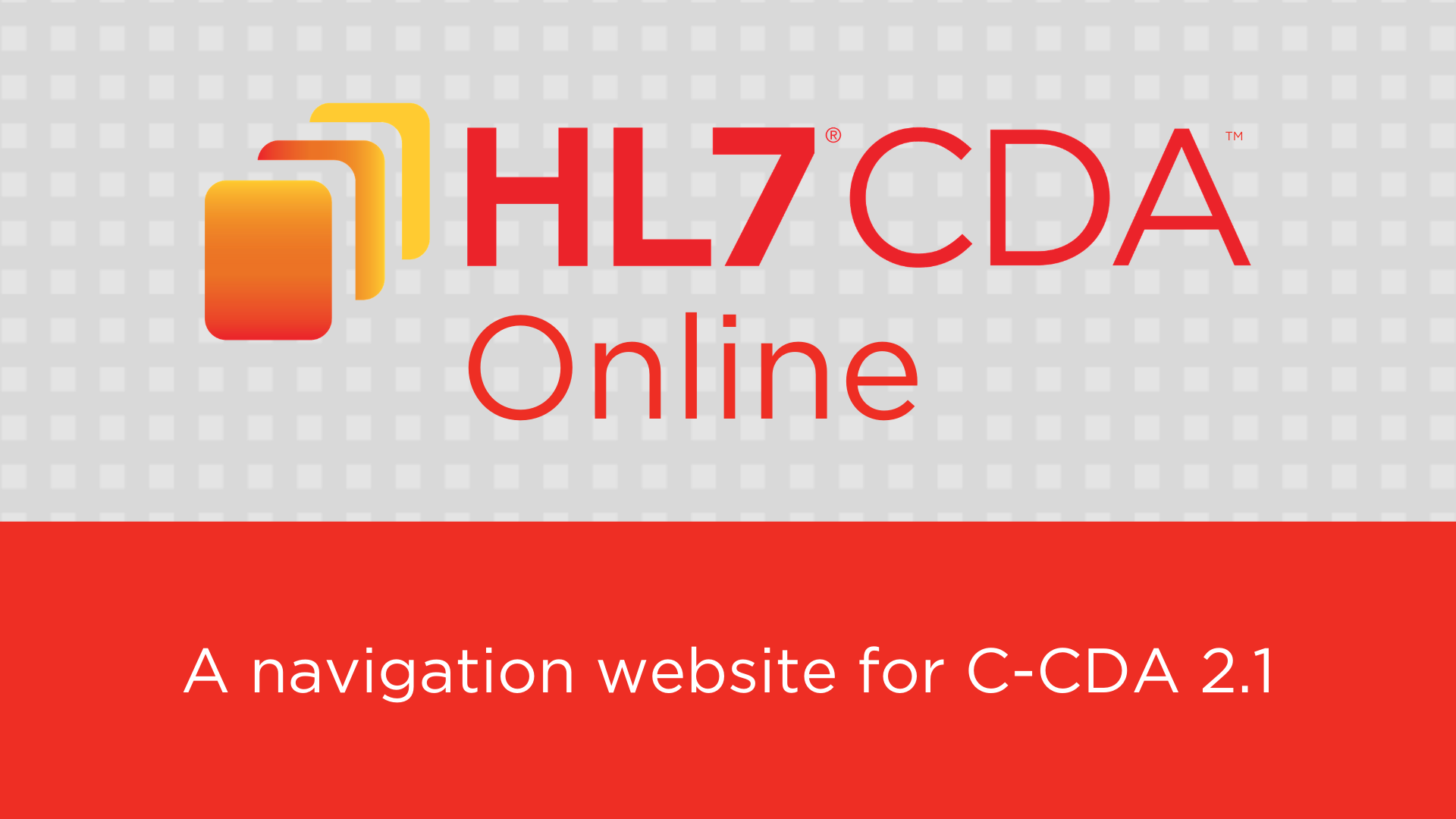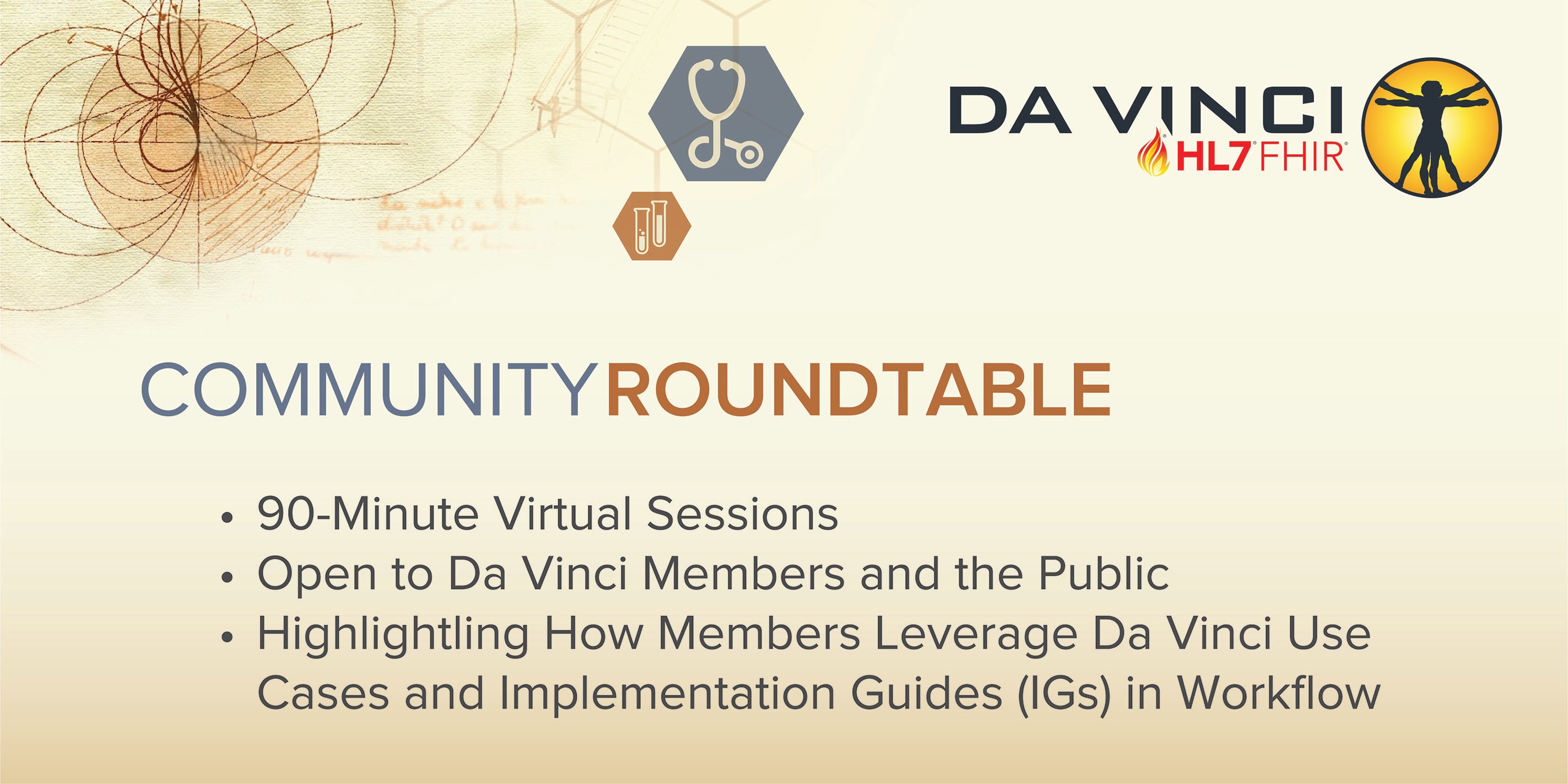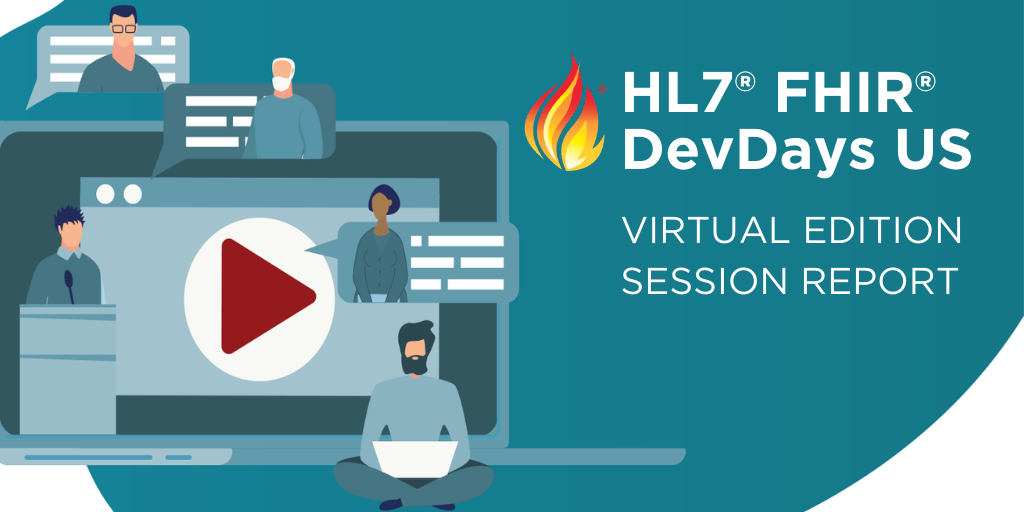The Organization Welcomes Daniel Vreeman, D.P.T., Viet Nguyen, M.D., and Diego Kaminker
Health Level Seven International Appoints Three Executives to Support Organization’s New Divisions
[fa icon="calendar'] Dec 15, 2021 1:55:50 PM / by HL7 posted in HL7, HL7 community, health IT, implementation, FHIR Community
New HL7 C-CDA Navigation Tool Released
[fa icon="calendar'] Feb 23, 2021 10:12:20 AM / by John D'Amore, MS posted in CDA, HL7 community, interoperability, C-CDA, tooling, implementation, implementation guide
Primary author: John D'Amore, Co-Founder, Diameter Health; Co-authors: Brett Marquard, Principal, Wave One Associates and Wayne Kubick, CTO, HL7 International
While HL7 FHIR® (Fast Healthcare Interoperability Resources) is today’s hottest healthcare standard, clinical documents are already exchanged in the billions today. HL7 published the Consolidated Clinical Document Architecture (C-CDA) in 2011 to support care coordination and patient engagement. The ONC 2014 certification rule named C-CDA R1.1 and adoption exploded. The current version of C-CDA, R2.1, remains backwards compatible to that version today. While C-CDA is a flexible, robust standard to record patient care longitudinally or for an encounter, it is structurally complex. The C-CDA standard itself is over 1,000 pages long. Applying the standard to the latest US requirements for clinical data exchange, known as the US Core Data for Interoperability, also routinely requires information from the C-CDA Companion Guide.
HL7 publishes the C-CDA standard and its Companion Guide as PDF documents. That will remain the official version of the standard, but a small team from the CDA Management and Structured Documents Working Groups saw an opportunity to make the C-CDA content easier to use by developing a new web tool. Since the C-CDA has reusable parts, known as “templates,” it seemed logical to make each template searchable and distinct via unique web pages so the standard would be much easier to absorb.
The new HL7 C-CDA Online Search Tool is a searchable, web-based navigation resource for the Consolidated Clinical Document Architecture (C-CDA 2.1) and its Companion Guide. The solution includes over 240 unique web pages that make each template accessible on the web with linkage back to the original PDF content. This navigation is managed through a single searchable index page, like a smart table of contents.
Using the template webpages, health IT vendors can ensure that their C-CDAs are conformant and high-quality for document exchange. The search tool enables users to search the C-CDA by description, template object identifier (OID) or conformance number. Conformance number searches are particularly valuable for C-CDA implementers, since validators will return these numbers when there’s a violation or warning associated with C-CDA testing.
Reducing Industry Burden Focus of February’s HL7 Da Vinci Project Community Roundtable
[fa icon="calendar'] Feb 15, 2021 4:37:09 PM / by Fred Bazzoli posted in FHIR, HL7 community, interoperability, Payers, implementation, Da Vinci, value based care, implementation guide, prior authorization, FHIR Accelerator
Join the Webinar Highlighting MCG Health’s Prior Authorization Journey and Da Vinci’s Two New Use Cases for 2021 on Wednesday, February 24 from 4:00 - 5:30 pm ET.
Healthcare organizations increasing their exposure to value-based care find many tasks complicating the transition, and reducing the burden of those changes is key to thriving under new reimbursement schemes.
New payment approaches incentivize both payers and providers to become more efficient, and that means reducing the number of manual interventions in exchanging data. In addition, value-based care is uncovering new reasons to make information more easily available, to bring new efficiencies to the system.
Examples of these capabilities will be featured in the HL7 Da Vinci Project’s Community Roundtable on February 24. The title for the event is "What it Takes: Learn about MCG Health’s Journey to Help Reduce Prior Auth Burdens and Discover New Da Vinci Use Cases."
The upcoming roundtable will offer an inside understanding of the 18-month effort at MCG Health to advance the use of the HL7 Fast Healthcare Interoperability Resource (FHIR®) standard in solutions that support burden reduction in facilitating the prior authorization process.
HL7 Da Vinci Project Use Cases Aim to Reduce Documentation Burden in VBC
[fa icon="calendar'] Jul 16, 2020 4:09:54 PM / by Fred Bazzoli posted in FHIR, HL7 community, interoperability, SMART on FHIR, health IT, implementation, Da Vinci, value based care, implementation guide, prior authorization, coverage requirements discovery, documentation templates and payer rules
Report from Virtual FHIR DevDays 2020 on HL7 Da Vinci Project Use Cases
Developers are fine-tuning ways to use the HL7 Fast Healthcare Interoperability Resource (FHIR) standard to reduce communication challenges and decision impediments between providers and payers.
Working on use cases involving coverage and burden reduction, the HL7 Da Vinci Project is refining early versions of standards and developing implementation guides for value based care (VBC). Speaking to more than 150 attendees during the virtual HL7 FHIR DevDays event, Dr. Viet Nguyen, Da Vinci Project Technical Director, noted that the coverage and burden reduction use cases are intended to address workflows around provider-payer interactions. FHIR implementation guides are then created based on a set of use cases.
Coverage Requirements Discovery
One use case, Coverage Requirements Discovery, gives providers real-time access to payer approval requirements, documentation and rules at point of service to reduce provider burden and support treatment planning. In its essence, this would answer a provider’s question about whether a procedure or treatment needs a prior authorization from a payer. The aim is to use CDS Hooks to supply an answer to a clinician posing the request within his or her workflow. Work is continuing on developing an implementation guide for this use case.
Cloud Providers Unite for Healthcare Interoperability
[fa icon="calendar'] Jul 30, 2019 12:58:38 PM / by HL7 posted in FHIR, HL7, interoperability, health IT, implementation
WASHINGTON – Today a group of technology leaders from Amazon, Google, IBM, Microsoft, Oracle and Salesforce came together at the CMS Blue Button 2.0 Developer Conference to reaffirm a commitment to interoperability made one year ago, and to share progress and plans to move decisively forward on this pledge.






